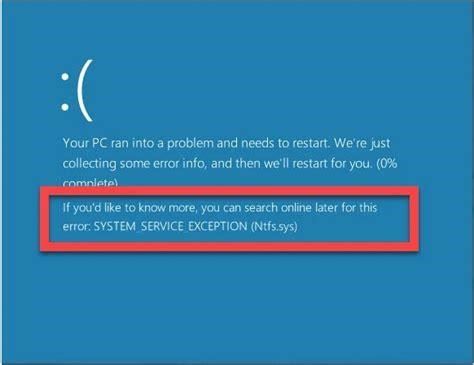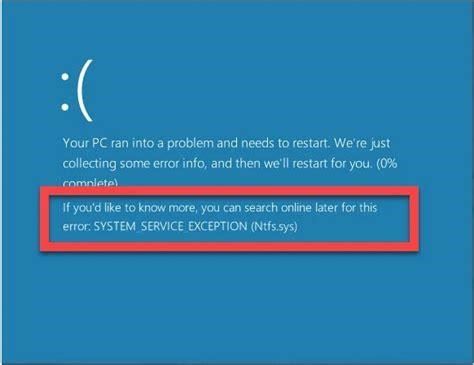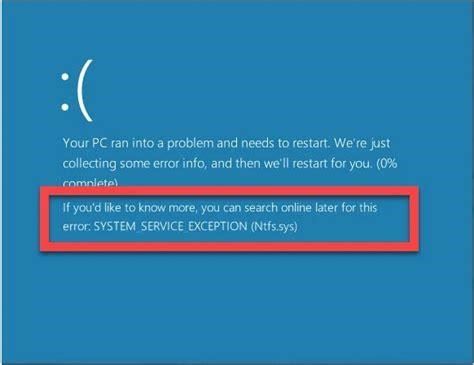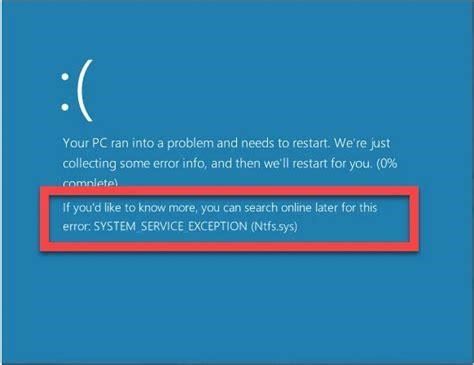Troubleshooting USB Drive Recognition Issues in Windows 11
Many Windows 11 users encounter frustrating issues with USB flash drives not being recognized by their PCs. While this can certainly be annoying, there are several effective troubleshooting steps we can take to get our thumb drives up and running again.
In this guide, we’ll walk through the top methods for resolving USB drive connectivity problems in Windows 11, drawing from insightful discussions among savvy IT forum users. Let’s dive in!
Confirm Hardware and Software Compatibility
Before trying anything else, we need to verify that both the USB device and the Windows 11 OS are actually compatible with each other. Although the vast majority of USB 3.0 devices can connect to USB 2.0 ports without issue, occasionally thumb drives are engineered that simply do not jive with certain machines’ specs.
To test for hardware conflicts, forum members recommend attempting to use the problematic USB stick with another computer. If the drive functions properly on a separate device, we can rule out any physical issues with the unit itself.
Likewise, ensuring the latest Windows updates are installed will patch any software bugs that could be interfering with USB functionality. The regular rollout of driver and firmware revisions means that staying current is key for avoiding conflicts.
Change USB Ports
Assuming our hardware and software check out, the next troubleshooting step involves trying different USB ports. While it may sound obvious, occasionally dirt, debris, and even slight damage to a port can prevent proper thumb drive recognition.
Rotating between ports helps determine if connectivity issues stem from the individual USB jack or a more systemic problem. Members of IT forums emphasize exhausting all available ports before proceeding with further advanced troubleshooting.
Update or Reinstall Drivers
If switching ports fails to resolve matters, the problem likely lies with the USB drivers themselves. The Windows Device Manager lets us update, rollback, or even completely uninstall and reinstall associated driver packages.
Outdated drivers represent a common source of USB glitches. Windows Update can automatically fetch the newest versions, or manufacturers’ websites house the latest official releases. Occasionally, corrupted drivers may need to be reinstalled from scratch after removal.
Patience and persistence are key, as finding the right driver fix may require multiple install attempts. Members of IT forums recommend rebooting after each driver update to clear any lingering issues.
Manually Assign Drive Letter
One quirky culprit forum members report is the USB drive lacking an assigned drive letter, preventing it from appearing in File Explorer. Thankfully, the Windows Disk Management utility allows us to manually designate a letter if one did not automatically get assigned.
Inside Disk Management, we should see our connected USB drive listed. Right-clicking it provides the option to add a drive letter which should instantly make the device show up properly in File Explorer once more.
Check for Bad Sectors
If all else fails, the thumb drive itself may have developed bad sectors – damaged regions on the storage medium which prevent proper operation. The venerable CheckDisk utility included in all Windows versions can scan for bad sectors and attempt repairs.
Third-party tools like USB Flash Drive Tester also check for fake capacity issues, another potential root cause of unrecognized USB drives. While disks inevitably wear out over time, running sector checks helps determine if the hardware has become faulty.
When All Else Fails, Replace It
Assuming we have thoroughly tried the above steps without success, the USB drive itself has likely reached the end of its operational life. Thankfully, thumb drives have become a ubiquitous and inexpensive commodity in the tech world.
Replacing a stubborn USB stick with a new unit, even with a higher capacity model, generally proves more cost and time effective than continued troubleshooting once we have exhausted all other options.
The Takeaway
While USB drives failing to be recognized can be a headache for Windows 11 users, methodically stepping through compatibility checks, driver updates, port swapping, drive letter assignments, and sector scans helps isolate the fault.
In summary, taking the time to thoroughly work through potential software issues before examining hardware faults is key to an efficient troubleshooting process. Hopefully these insights from IT forum experts will keep your thumb drive woes to a minimum!
What steps have you found effective for troubleshooting USB drive connectivity issues? Sound off in the comments below!




